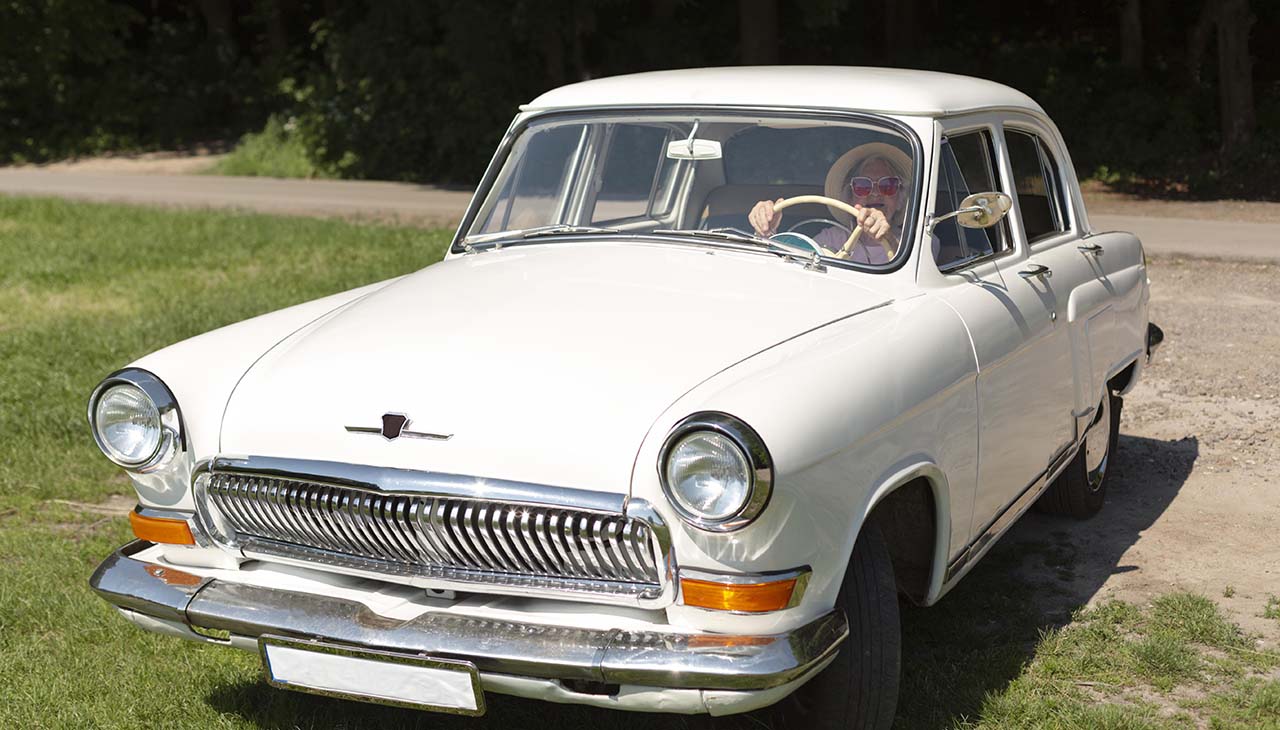
A Step-by-Step Guide to Recycling Your Old Vehicle
Introduction
Recycling your old vehicle is more than just a responsible choice—it’s a crucial action for both the environment and your community. The automotive recycling process not only reduces waste but also conserves valuable resources, minimizes pollution, and creates economic opportunities. In this comprehensive guide, we’ll walk you through every step of recycling your vehicle, from finding the right recycler to understanding the environmental impact.
The Recycling Process
Understanding how your car will be recycled can provide peace of mind and assurance that you are making an eco-friendly decision. Here’s a detailed look at the typical recycling process:
Initial Evaluation
- Assessment: The car is evaluated to determine its condition and the potential for parts recovery.
- Documentation: Ensure all necessary paperwork, such as the title, is in order for legal and efficient processing.
Dismantling
- Fluids Draining: All fluids, including oil, coolant, and brake fluid, are carefully drained and disposed of or recycled according to environmental regulations.
- Parts Removal: Usable parts like the engine, transmission, and tires are removed for resale or refurbishment.
Shredding and Sorting
- Shredding: The vehicle’s remaining shell is crushed and shredded into smaller pieces.
- Separation: Metals are separated from other materials using powerful magnets and other technologies.
Recycling Materials
- Metal Recycling: Steel, aluminum, and other metals are melted down and repurposed for new products.
- Non-metal Recycling: Plastics and other materials are also sorted and recycled as much as possible.
Finding the Right Recycler
Choosing a reputable recycler ensures that your vehicle is processed in an environmentally responsible manner. Here are some tips to help you find the right recycler:
Research
- Certifications: Look for recyclers that are certified by organizations such as the Automotive Recyclers Association (ARA) or have other industry-specific certifications.
- Reviews and Recommendations: Check online reviews, ask for recommendations from friends and family, and consult local environmental agencies.
Questions to Ask
- Recycling Practices: Ask about their recycling practices and how they handle hazardous materials.
- Transparency: Ensure they provide clear information about the process, costs, and any compensation you might receive.
Preparations for Recycling Your Vehicle
Before sending your car off to be recycled, there are important steps to take to ensure a smooth process:
Documentation
- Gather Papers: Collect your vehicle’s title, registration, and any other relevant documents.
- Cancel Insurance: Notify your insurance company that you are recycling your car and cancel your policy.
Personal Belongings
- Remove Items: Thoroughly check your vehicle for personal belongings, including the glove compartment, trunk, and under seats.
- License Plates: Remove and return your license plates to the DMV if required by your state.
The Environmental Impact
Recycling vehicles has significant positive effects on the environment, which include:
Resource Conservation
- Metal Reuse: Recycling metals from vehicles conserves natural resources and reduces the need for mining.
- Energy Savings: Using recycled materials in manufacturing consumes less energy compared to producing new materials.
Pollution Reduction
- Lower Emissions: Recycling reduces greenhouse gas emissions associated with mining and processing raw materials.
- Hazardous Waste: Proper disposal of toxic substances like battery acid and motor oil prevents environmental contamination.
Case Studies
Real-life examples of successful car recycling demonstrate the benefits and feasibility of the process:
Example 1: Community Outreach
A community in California implemented a car recycling program that not only reduced landfill waste but also provided job training and employment opportunities in the recycling industry. The program successfully processed over 1,000 vehicles in its first year, significantly decreasing the town’s environmental footprint.
Example 2: Corporate Responsibility
A leading automotive manufacturer partnered with recycling facilities to take back end-of-life vehicles. This initiative resulted in the recovery of thousands of tons of metal and plastic, showcasing the company’s commitment to sustainability and circular economy principles.
Conclusion
Recycling your old vehicle is a straightforward yet impactful way to contribute to environmental sustainability and resource conservation. By following the steps outlined in this guide, you can ensure your car is recycled responsibly and efficiently. Let’s take action today—consider recycling your vehicle and join the movement toward a greener future.
For more information and to start the recycling process, contact us today. Together, we can make a difference, one recycled car at a time.